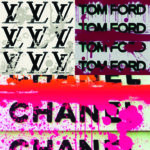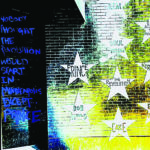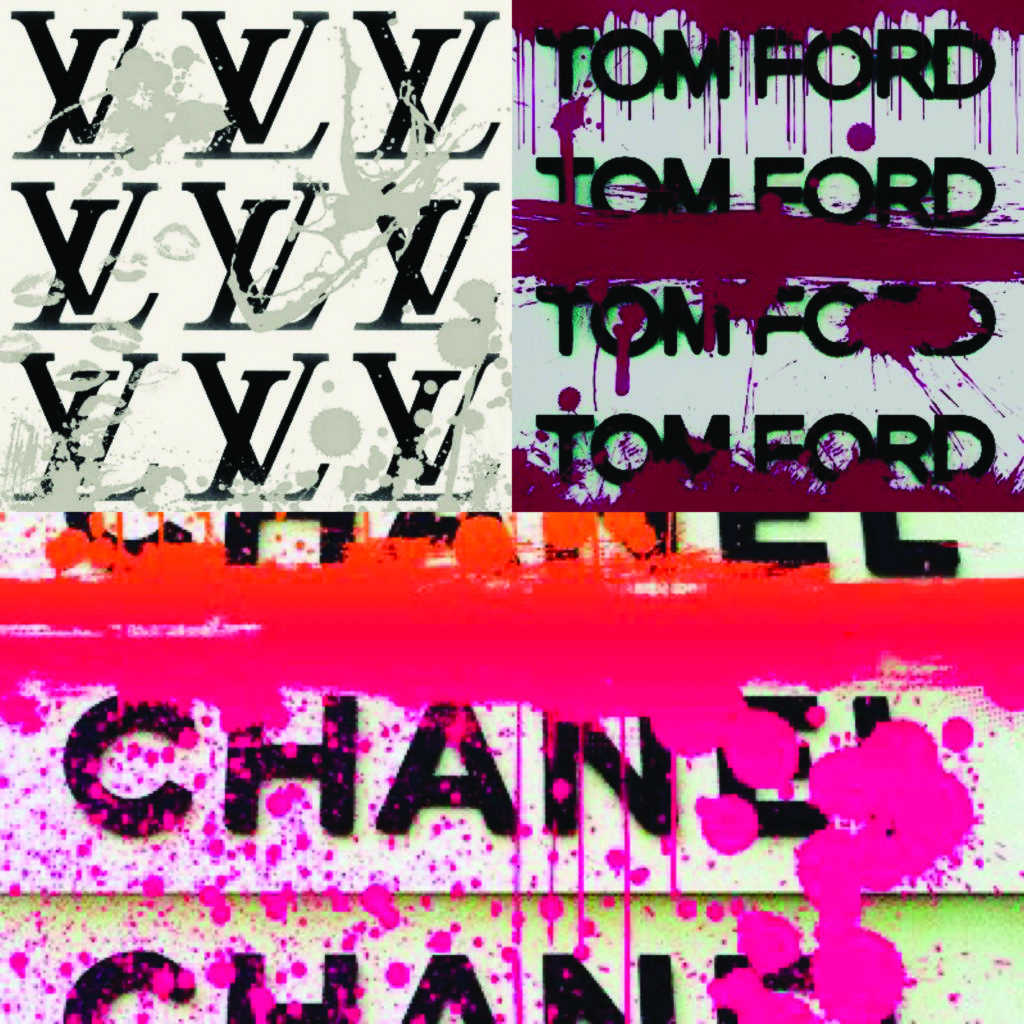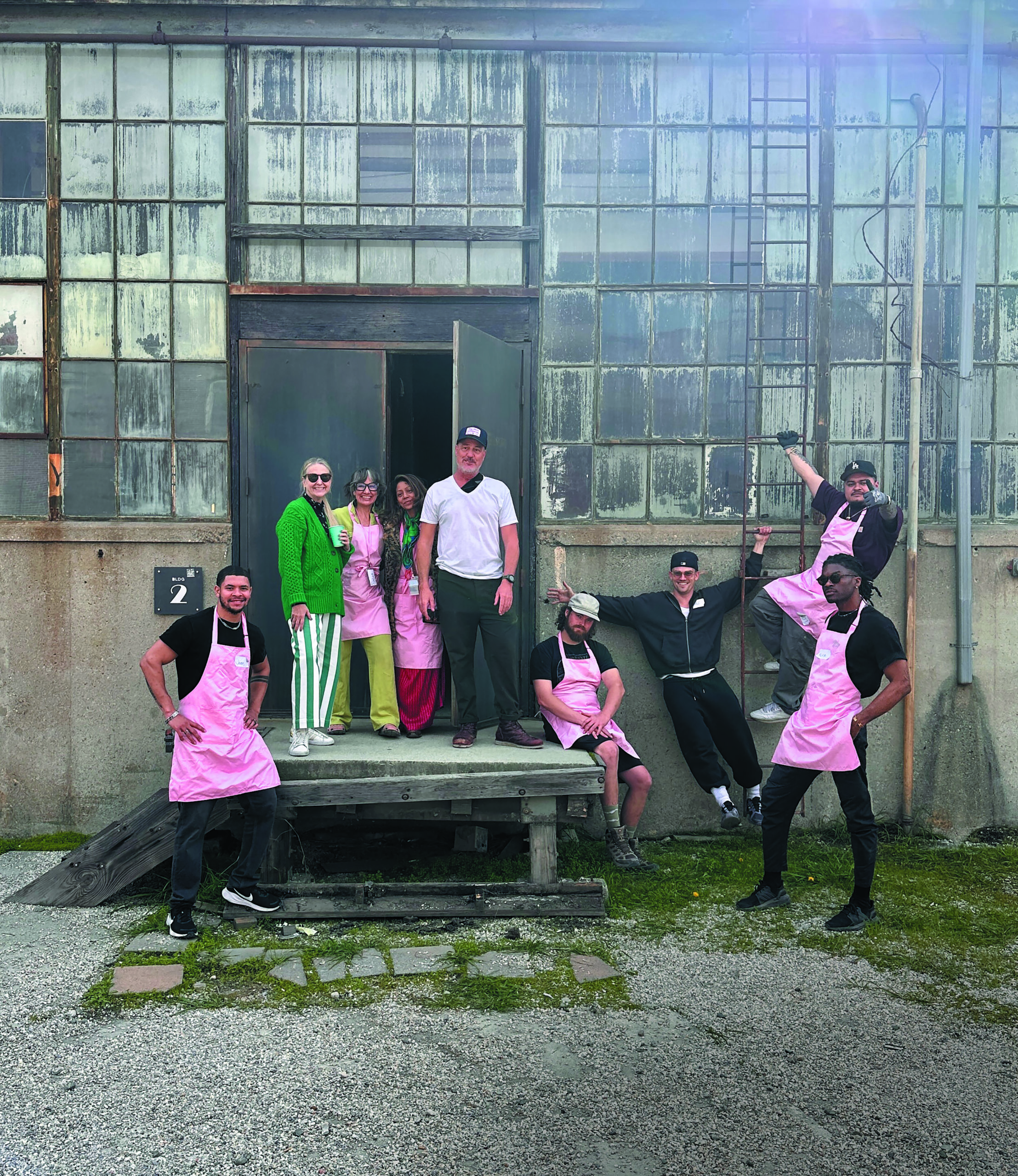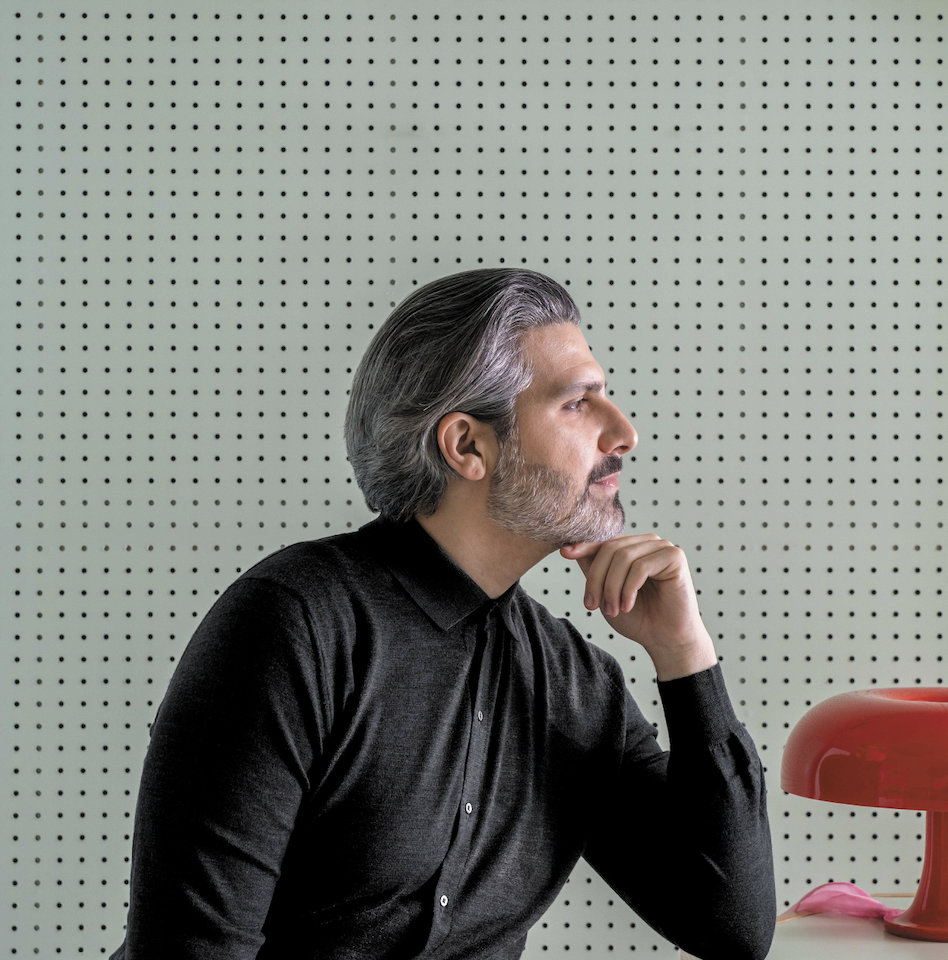The Material World
Author:Lindsey ShookWhat the design world can learn from NFTs and the Metaverse
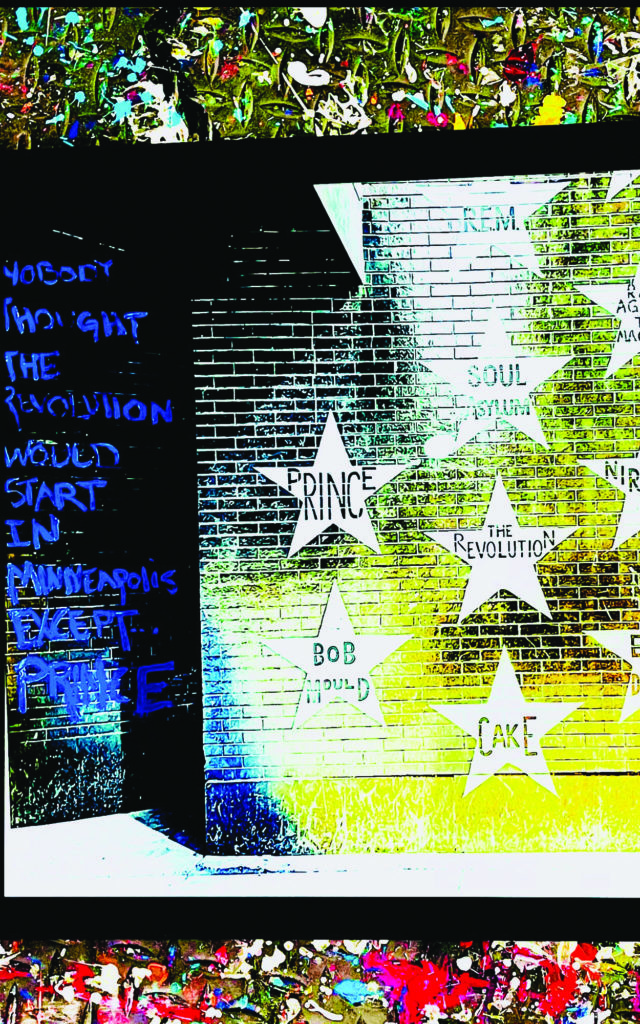
By SUMMER KATH, EVP of Cambria and STEPHANIE DILLON of Stephanie Dillon Art
photography courtesy of STEPHANIE DILLON ART
THE MATERIAL WORLD is no longer the only option for architecture and design. There is a new platform that is making headlines. It is called the metaverse, where NFTs, or non-fungible tokens, are bought and sold. For those who do not know, an NFT is a digital asset that represents real- world objects like art, music, clothing, design, photography, videos, movies and even homes. These items are bought and sold online typically with cryptocurrency and are encoded with the same underlying software as Bitcoin uses. NFTs stand in stark contrast to most digital creations, which are almost always in infinite supply. But by cutting off an ample supply of a given object, you raise the value, and such is the case with non- fungible tokens.
Both artist Victor Langlois (a.k.a. FEWOCiOUS) and Mike Winkelmann (a.k.a. Beeple) sold NFT art at a Christie’s auction, generating $2.16 million and $69 million, respectively. These jaw-dropping numbers should make the design community stand up and take notice.
Historically, interior design is a process normally found in the material world. It’s a process of declarations and decisions. From the very beginning of any project the tiniest details of structure and appearance are considered as the whole is managed by the sum of its parts. Attention to detail is everything, and there’s a lot of pressure to get it right the first time. But what if you didn’t have the pressure of getting it right the first time? What if you could build and tear down in the blink of an eye? What if you could build the house, furnish the interior and show it to your client as you walk around inside of it using nothing in the material world? And your client could be in Paris and you in New York, but you can meet each other in the metaverse to review design finishes in the actual virtual setting.

How, you ask? Well, welcome to how the design and architecture community can use the metaverse. The metaverse
is a virtual shared space combining augmented reality with the internet. It’s now available to anyone with a computer to access, buy and lease land and build virtual spaces and experiences for anyone in the world to visit. Designers and architects can now use it to build a virtual world identical to the one they will eventually build in the material world. It’s the platform in which the virtual world and the material world can become one.
The metaverse or the virtual world will provide architects and designers with a new business model to build and create virtual renderings of homes, buildings, furniture—just about anything at virtually no cost besides coding. Tear down the rebuild as often as you want. This virtual world is becoming more and more mainstream, like the auction of the Mars House by Krista Kim. Or the sale of the architectural renderings by Alexis Christodoulou. In fact, the creation of digital products could even overtake the value of physical products because of scarcity and their traceability. In the coming months the trajectory for virtual interiors could outpace its material-world counterpart. This appeal for the surreal has a ready audience and one that the material design world should culturally incorporate.
So where do we go from here? The future is now, and the place is the metaverse, where brands will transact and landowners, architects and designers will display their NFTs to the world. If the metaverse is good enough for Louis Vuitton, Gucci, Sotheby’s and Christie’s, it’s good enough for me.
